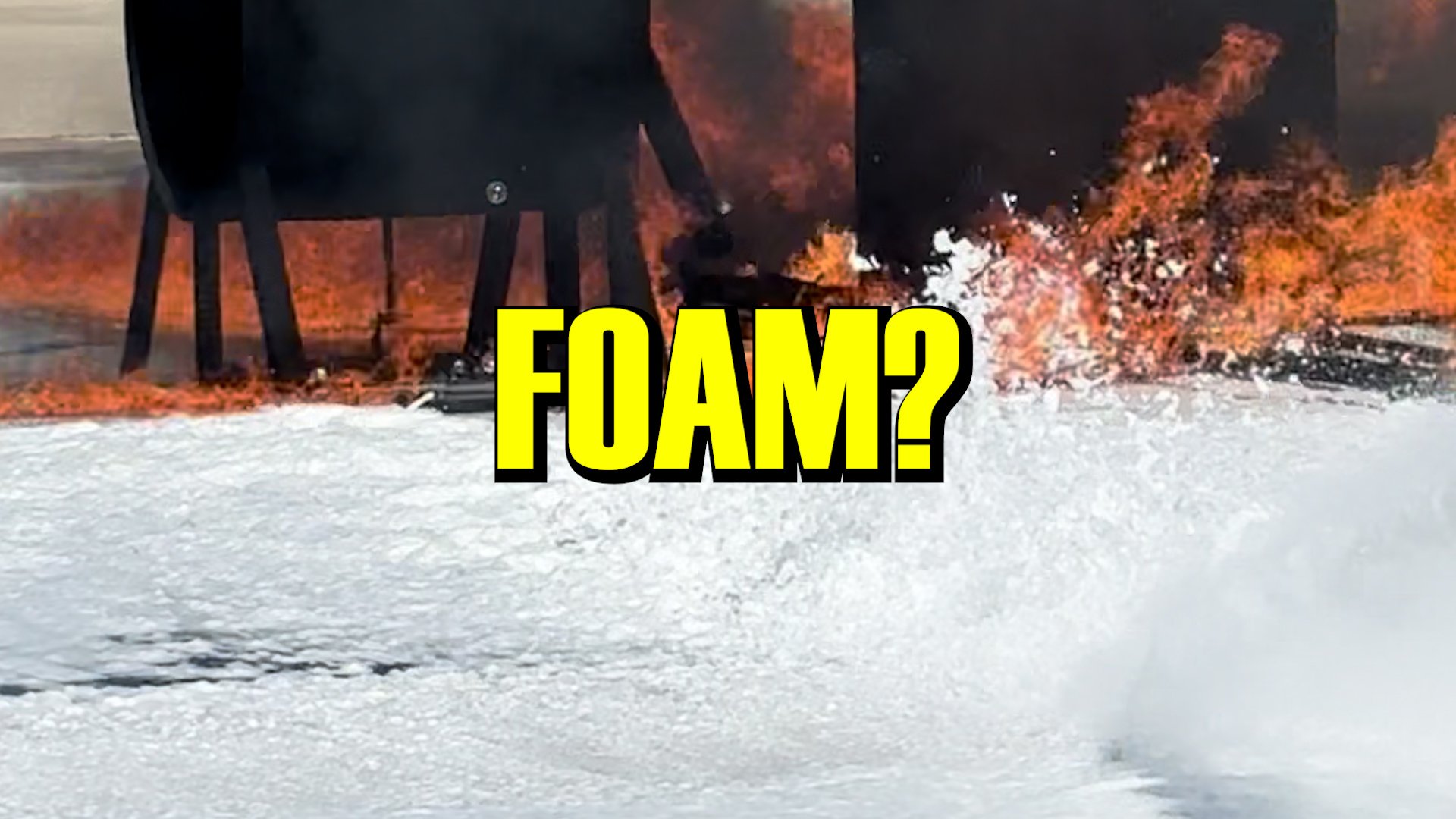Summary: Firefighting foam isn’t just for big industrial fires — it’s a tactical tool that can change your knockdown game when used right. Whether you’re using Class A foam to soak deep into ordinary combustibles or Class B foam to blanket and suppress flammable liquid spills, foam offers clear advantages over plain water. With the right eductor, nozzle setup, and know-how, you can get faster suppression, better vapor control, and safer conditions on scene — all without overcomplicating your rig or crew operations. From the QuadraCup nozzle's thick blanket at DFW’s training ground to the growing shift away from AFFF, this article breaks down how foam fits into today’s fireground playbook.
Should You Be Using Foam More Often?
Foam tends to divide firefighters — some love it, some rarely touch it. But the truth is, when used right, foam can be one of your most effective first-in tactics. The catch? It’s not just about having the gear. It’s about knowing when, why, and how to deploy it.
In a recent reel, the QuadraCup nozzle puts out a thick blanket of SFFF at DFW Airport’s training facility — no aspirator needed. The results? Solid expansion and bubble integrity, fast coverage, and no over-complicated setup. But there’s a lot more to foam than just cool footage.
Foam Isn’t Overhyped — It’s Underused (and Often Misapplied)
Many departments still hesitate to lean on foam, especially newer SFFF formulations. But here’s the reality:
-
Foam smothers fire by cutting oxygen, cools by absorbing heat, and creates a vapor barrier.
-
Class A foams help water penetrate deep into combustibles, preventing rekindles.
-
Class B foams, like SFFF, handle flammable liquids better than water ever could — no runoff, no spread.
If your crew avoids foam because it seems complicated or ineffective, it might be time for a knowledge reset.
Know Your Foam: Class A, SFFF, and What’s Changing
Legacy AFFF is being phased out due to health and environmental concerns — “forever chemicals” like PFAS have raised red flags. That’s where SFFF (Synthetic Fluorine Free Foam) steps in. It’s safer, but it behaves differently.
Your setup needs to match. Some eductors don’t proportion correctly with newer foams. That’s why TFT developed dual-setting eductors for high- and low-viscosity SFFF. Choosing the right GPM and matching your nozzle to the eductor flow rating matters now more than ever.
What Nozzles Work Best for Foam?
For nozzle setups, here’s what matters:
-
QuadraCup Nozzle: Built-in aspiration, selectable flow (30 to 125 GPM), and full fog-to-straight stream range. Slide the sleeve forward to aerate, retract for standard flow. No need for extra foam tubes.
-
CAFS Setups: When using compressed air foam, nozzle choice changes. Sometimes, departments go nozzle-less with a ¼-turn ball valve. Others prefer smoothbores or variable flow fog nozzles that don’t destroy foam quality.
Either way, you need nozzles that respect your foam’s bubble structure and don’t shear it apart on the way out.
Rookie Mistake: Treating Foam Like Water
Biggest foam fail? Using it like you’d use water. Foam has different flow characteristics, different application rates, and different limitations. Don’t just swap it in without understanding the impact on stream reach, nozzle reaction, or application rate.
Teaching the Next Gen: Start Simple, but Go Deep
For a probie learning foam, the advice is simple: foam is a tool, not a gimmick. Respect it, learn it, and practice. Start with Class A in training burns. Get hands-on with SFFF at controlled spills. Know your GPMs, eductors, and drain times. Foam isn’t just a plan B — sometimes, it should be your first move.



Comments